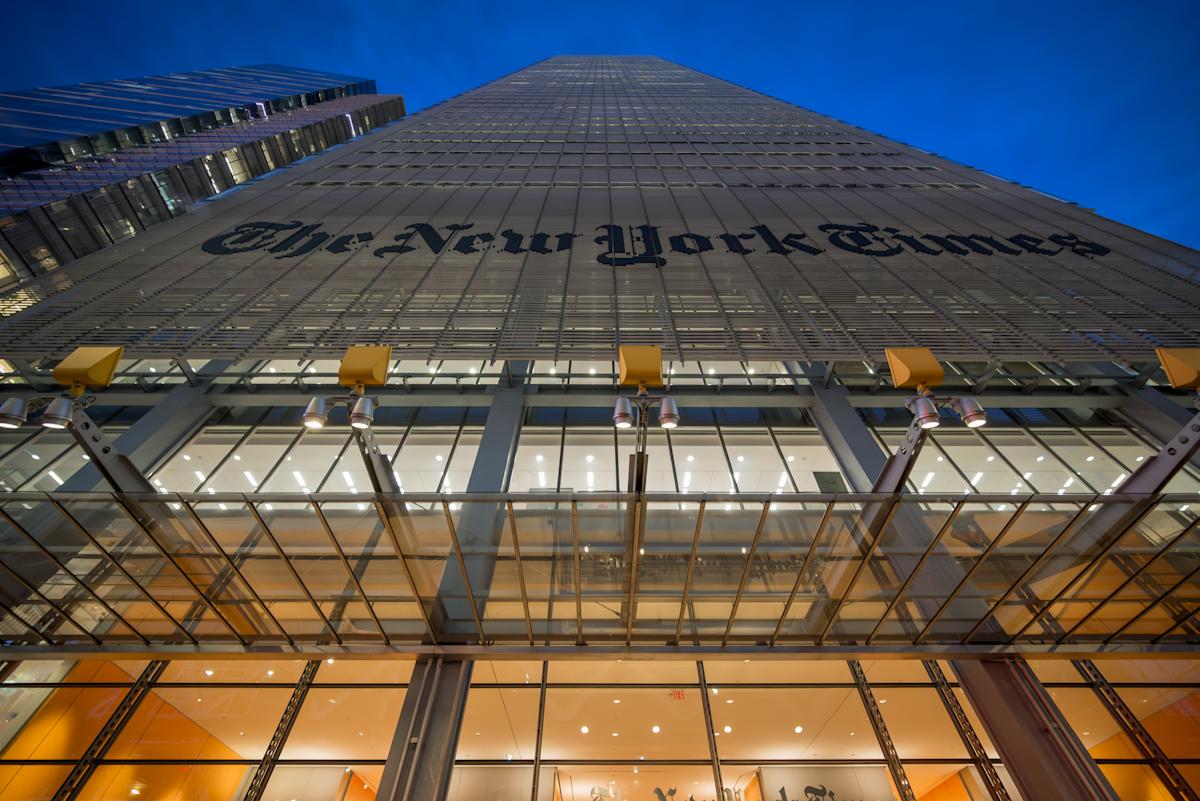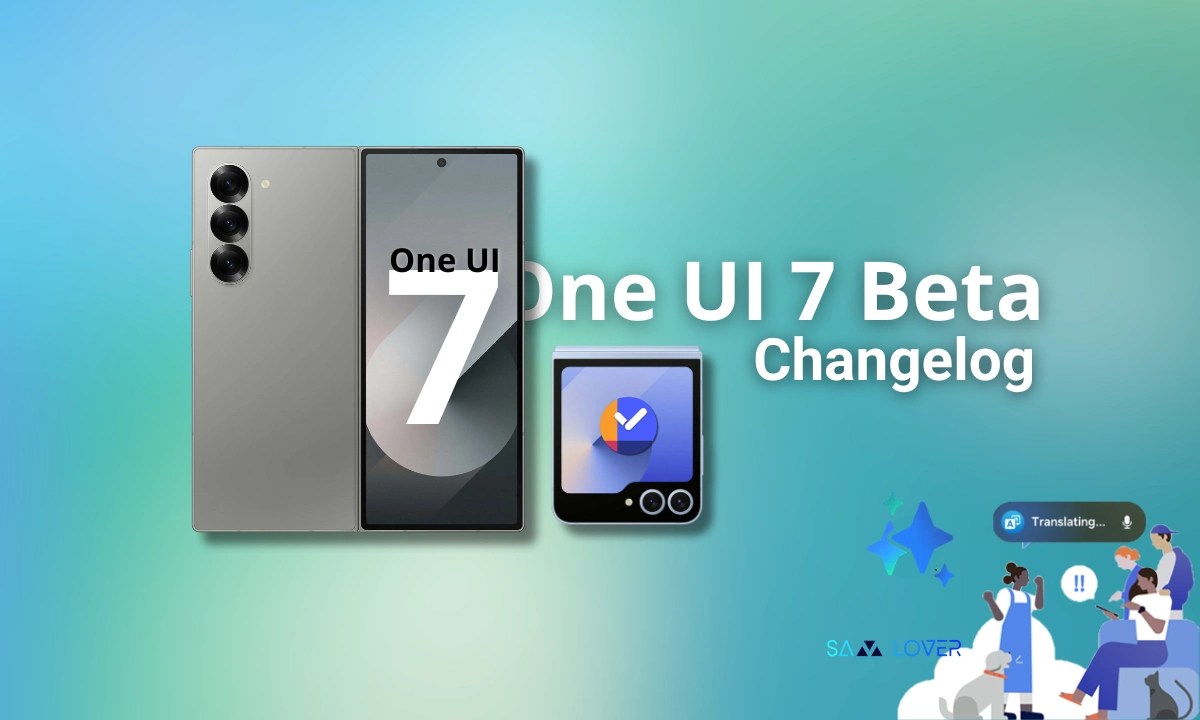Introduction to the Agreement
The New York Times and Amazon have recently entered into a multi-year licensing agreement. This agreement will enable Amazon to access a significant portion of The New York Times’ editorial content for uses related to artificial intelligence (AI). According to a press release from The New York Times, this partnership will introduce new features for customers, such as accessing summaries or excerpts of Times content using Alexa. Furthermore, it will allow Amazon to train its AI models on The New York Times content, enhancing the capabilities of Amazon’s AI-powered tools.
Details of the Collaboration
In announcing the deal, The New York Times emphasized that the collaboration will make its original content more accessible to customers across various Amazon products and services. This includes direct links to Times products, underscoring the companies’ shared commitment to providing customers with global news and perspectives within Amazon’s AI products. The agreement also encompasses access to content from NYT Cooking and The Athletic, broadening the range of available material.
Implications for AI Development
The development of AI models requires vast amounts of data for training. However, many companies building these models are likely running afoul of copyright laws by training on protected materials without permission. OpenAI and Google have gone as far as to ask for a government exemption to copyright laws to allow their models to train freely. Notably, The New York Times sued OpenAI and Microsoft for copyright infringement in 2023 for training their models on the company’s content without permission. Although the case is still ongoing, it highlights the importance of licensing agreements in the context of AI development.
Licensing Agreements for Revenue and AI Training
Licensing agreements can provide additional revenue streams for companies willing to share user data or allow AI models to train on their content. The Washington Post is among several major publications that have signed deals with OpenAI, demonstrating the growing trend of collaborations between media outlets and AI developers. While the specifics of the Amazon and The New York Times deal, including the financial terms, have not been disclosed, Amazon’s recent endeavors in AI-powered tools for shopping, book recaps, and product explanations suggest a significant investment in AI technology.
Conclusion
The partnership between The New York Times and Amazon underscores the evolving landscape of content accessibility and AI development. As companies navigate the complexities of copyright laws and the need for extensive data to train AI models, licensing agreements are likely to play a critical role in shaping the future of AI-powered services and tools.
Source Link





